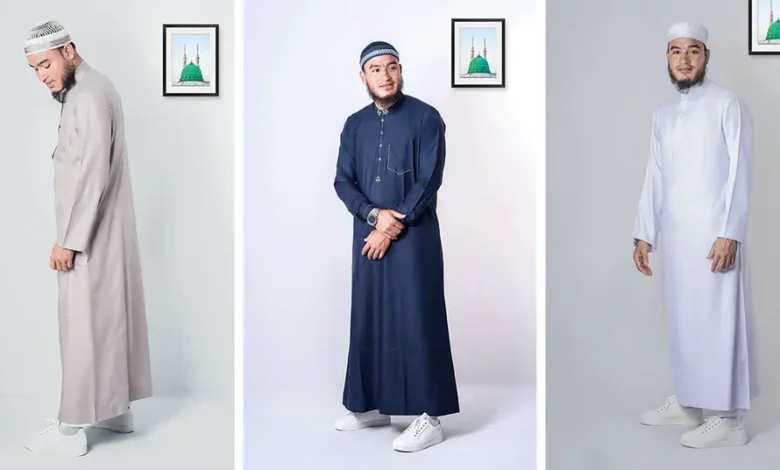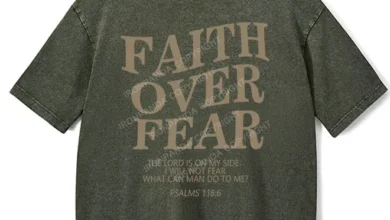The Evolving Style of the Thobe in Modern Britain

The thobe has long been a symbol of modesty and identity in Islamic culture. Worn by men for centuries across the Middle East, North Africa, and South Asia, it has also found a meaningful place in the UK. As communities grow and styles adapt, the thobe continues to evolve while staying true to its traditional roots.
A Garment with Deep Cultural Roots
The origins of the thobe can be traced back to the early days of the Arabian Peninsula. Its design was shaped by the need for comfort in hot climates, offering coverage and breathability at the same time. Over generations, it became more than practical clothing. It came to represent values such as modesty, respect, and self-discipline, all central to Islamic teaching.
In many cultures, the thobe has also been a sign of unity. Though styles vary across regions, the meaning remains consistent. Whether tailored in Saudi Arabia, embroidered in Morocco, or designed in Oman with its distinctive tassel, the garment carries the same sense of purpose and respect.
The Thobe in the UK Today
In the UK, the thobe has become a familiar and respected part of Muslim life. It is worn daily by some and reserved for Friday prayers, Ramadan, and family celebrations by others. Its presence is seen across communities in London, Birmingham, Manchester, and beyond.
British Muslims have embraced both traditional and modern versions of the garment, finding ways to make it suitable for the local climate and lifestyle. Retailers now offer a wide range of colours, cuts, and fabrics, allowing men to wear the thobe with comfort and confidence throughout the year.
Modern Adaptations and Everyday Wear
One of the most popular modern adaptations has been the introduction of half sleeve thobes. These are designed for casual use, offering ease and flexibility while preserving modesty. They are particularly favoured in warmer weather and have become a go-to option for relaxed settings such as social gatherings, travel, and day-to-day wear.
This newer style has allowed many men in Britain to incorporate the thobe into their daily wardrobes without compromising tradition. It blends cultural identity with practicality, reflecting how Islamic clothing continues to adapt naturally within modern contexts.
More Than a Cultural Garment
For those who wear it, the thobe is not just an item of clothing but a reminder of faith and belonging. It represents values that are both spiritual and personal. Many men describe a sense of peace and confidence when wearing it, especially during prayer or family occasions.
The thobe also reflects the harmony between faith and modern life in Britain. It shows that cultural dress can remain relevant and meaningful, no matter where it is worn. Its quiet elegance and timeless simplicity allow it to transcend fashion while maintaining a deep sense of purpose.
A Lasting Tradition
As styles evolve and new interpretations emerge, the essence of the thobe remains unchanged. It continues to represent modesty, dignity, and connection to heritage. Across generations, it serves as a reminder that clothing can carry meaning far beyond appearance.
In today’s multicultural Britain, the thobe stands as a bridge between tradition and the present. It is a garment that reflects identity, respect, and belonging, showing how faith and culture can thrive side by side in modern life.



